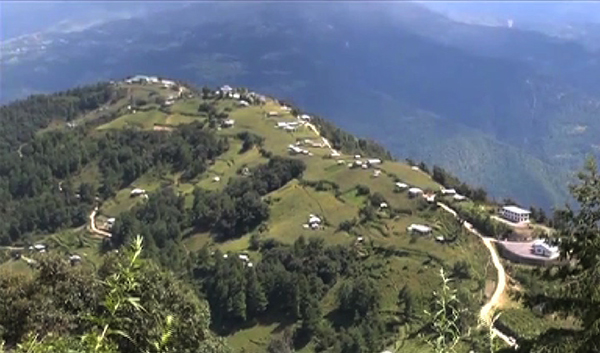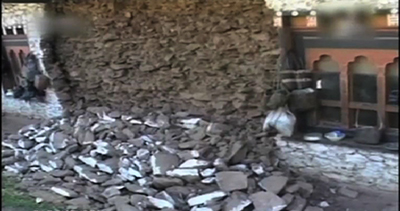 On this day in 2009, 13 lives were lost and many properties were damaged by the 6.1 magnitude earthquake. The worst-hit was Na-Rang Gewog in Monggar. The quake killed at least five people and damaged over two hundred houses, school, Basic Health Unit (BHU) and monasteries in the same gewog.
On this day in 2009, 13 lives were lost and many properties were damaged by the 6.1 magnitude earthquake. The worst-hit was Na-Rang Gewog in Monggar. The quake killed at least five people and damaged over two hundred houses, school, Basic Health Unit (BHU) and monasteries in the same gewog.
And today, the gewog has risen from the rubble stronger amidst the lessons brought by the devastating disaster.
 Until 2009, most of the villagers in Narang Gewog used to live in two-storey structures, which could not withstand major quake. However, villagers learnt a lesson and currently, most of the farmers live in bungalows and better homes for their own safety purpose while some victims are yet to build a proper shelter even today.
Until 2009, most of the villagers in Narang Gewog used to live in two-storey structures, which could not withstand major quake. However, villagers learnt a lesson and currently, most of the farmers live in bungalows and better homes for their own safety purpose while some victims are yet to build a proper shelter even today.
“Some victims built two-storey houses but some of them built only a bungalow out of despair and for their own safety though they could afford bigger ones. Despite getting support from His Majesty The King and Royal Insurance Corporation of Bhutan, some victims could not afford to build a proper shelter for themselves,” said Tandin Wangchuk, the Na-Rang gup.
The Gup, however, said that without conducting a proper awareness programme on earthquake and other disasters, framers are still not aware of how to react during emergencies.
“ We wish to have an awareness programme on earthquake and disaster management in our gewog. Though gewog administration is supposed to create awareness on earthquake management, we are not in the position to do it as we didn’t get any kind of training on disaster management,” he added.
Today, the damaged BHU is replaced with a new one, which is more resilient and equipped with better facilities.
Dungchu Wangdi has been with Narang BHU as its health assistant since the 2009 earthquake. Witnessing the post-earthquake development, he recalls how things have improved.
“Compared to the old BHU, we now have better and spacious rooms to keep the medical equipment. Earlier, space was limited and we faced a lot of inconveniences providing services to the people,” he said.
Prior to 2009 quake, Narang Primary School was a simple structure built out of mud and stone. But after the school got partially damaged by the quake, all the infrastructure are earthquake-resilient and were constructed from concrete.
And victims, today, pay homage to His Majesty The King and people who came together in times of disaster like this.
Sonam Tshering






